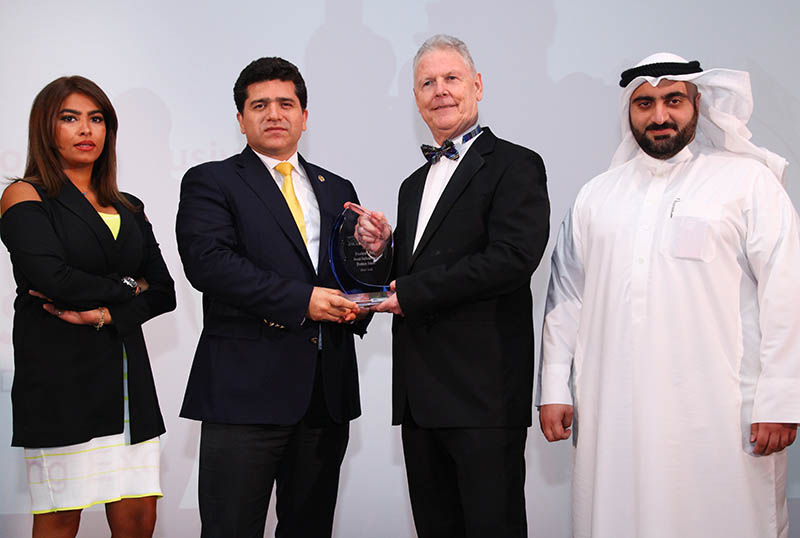Cupola Teleservices (CTS), a leading regional outsources contact centre, will announce its Health Services Directory at the Middle East Call Center Show 2011, the company revealed to Customer Middle East.
According to Sajjad Hamid; the company’s marketing director, the new CUPOLA HEALTH SERVICES DIRECTORY will utilize a helpline (800-4-HEALTH) to provide callers with all the information on medical services presently available at UAE clinics.
The directory will also provide detailed information on medical specialties offered by various healthcare organizations; billing information and a database of doctors etc. Patients will also be directed to the nearest hospital, clinic or health insurance company.
In addition, healthcare providers who register with the company will also be provided with a register of after-hour calls they receive and they can even make use of a ‘recommended doctor’ service that CTS offers to the callers.

Designed to facilitate patient-doctor communication in such a busy city, the service was actually designed to cater for a growing need of the local healthcare sector, which witnessed a blooming growth over the past few years with the establishment of Dubai Healthcare City.
MECC 2011 visitors who register with CTS during the show will be able to avail a 25% discount on its billing.
Being active on the regional scene since 1999, CTS has been instrumental in the development of the regional outsourcing and call centre industries. With a client list that spans over 10 industries, Cupola Teleservices says its unique selling point is in fact its qualified manpower. According to Hamid; CTS enjoys an industry qualified and experience management team that are mostly ISEB, CIAC and PMP certified.
Being partners with INSIGHTS Middle East for years, CTS was capable of utilizing this partnership to further empower its team. In addition to regular participation at MECC annual events, the company has been keen to use INSIGHTS as a CIAC certification platform to maintain its professional excellence.
Further details can be found at www.cupolagroup.com


